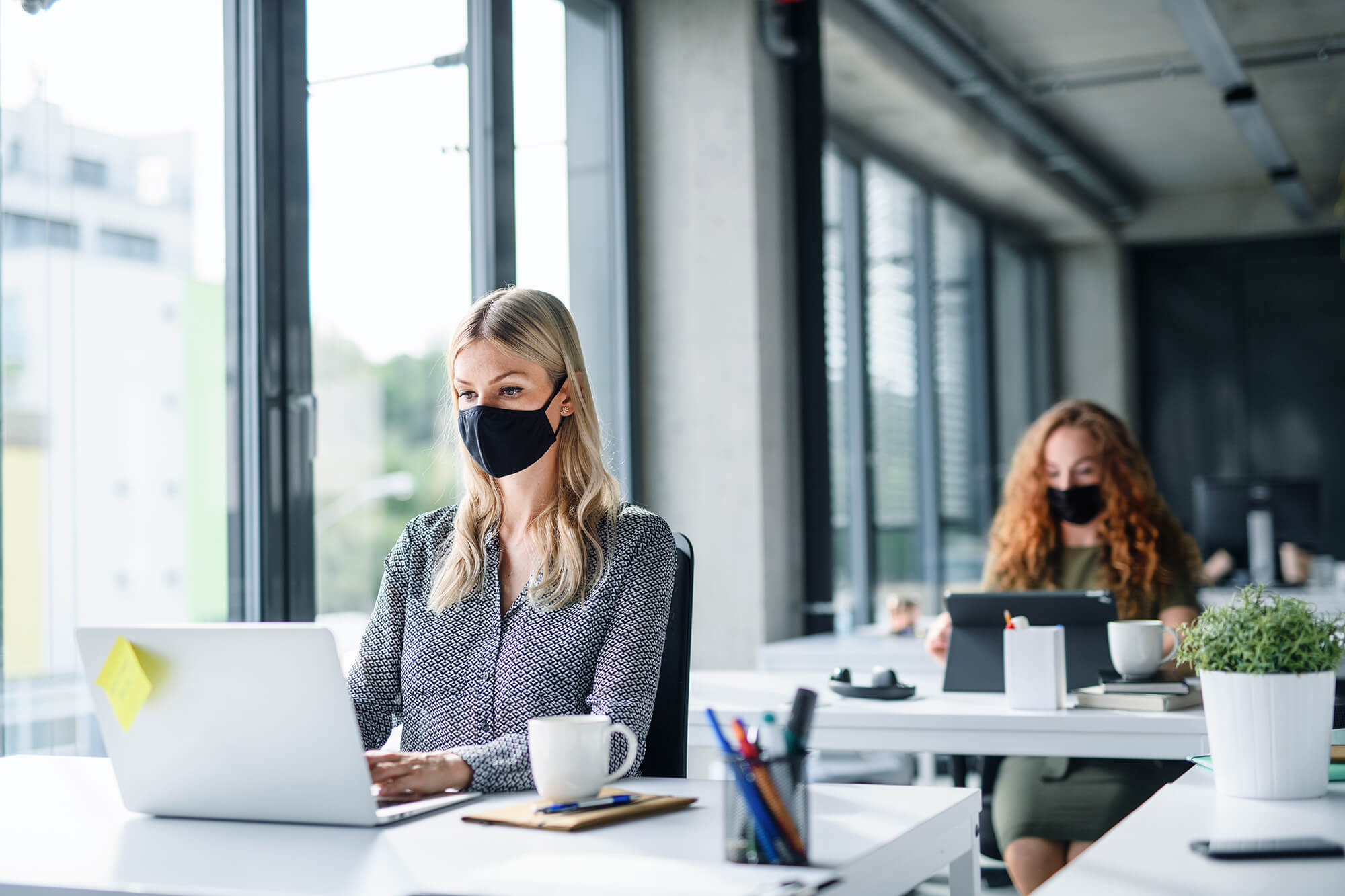On August 10, 2020, the German Federal Ministry of Labor and Social Affairs published the SARS-CoV-2 Occupational Safety and Health Regulation. For the duration of the corona pandemic, this regulation specifies the requirements for occupational safety to reduce the risk of infection at the workplace. In doing so, the German Federal Ministry of Labor and Social Affairs is adapting the presumed period of the national epidemic situation according to § 5 IfSG (German Infection Protection Act). Employers are advised to implement this rule, as it specifies the binding regulations on occupational safety on the basis of the German Occupational Safety and Health Act. Principally, employers are free to choose in what way to implement the regulations, but when choosing alternative solutions, they must ensure that they achieve at least an equivalent level of safety and health protection.
The SARS-CoV-2 Occupational Safety and Health Regulation lays down rules on protective measures in a total of 17 separate points. 14 points cover general, overarching protective measures, the remaining points are specifically tailored to areas of construction sites, agriculture and forestry, field and delivery services as well as transport, public transport and accommodation. The general measures refer to the following topics:
- Workplace design: Workplaces must be arranged in such a way that a distance of at least 1.5 m can be maintained between employees. If this is not possible for compelling reasons, the employer must provide masks covering mouth and nose and, if necessary, other protective equipment (gloves, disposable aprons, etc.).
- Other rooms in the working environment: All other rooms in the working environment must be equipped in such a way that distance between employees can be maintained. Easily accessible washing facilities must be provided, even at mobile and remote workplaces. Sanitary rooms must be cleaned at least once every working day.
- Ventilation: aeration must be increased. There are also regulations for the operation of ventilation systems. If they do not contain suitable HEPA filters, they should not be used in recirculation mode. Fans must only be operated in rooms with only one employee.
- Home office: Employers are advised to ensure, through appropriate work organization, that all employees whose work is suitable for the home office are technically capable of working from home.
- Business travel, meetings: Both business travel and meetings hold a potential for infection. Therefore, they should be limited and, if possible, be replaced by electronic means of communication. The distance of 1.5 m must also be maintained in company vehicles. For hand hygiene during business travel, the employer must provide disinfectants.
- Work equipment / tools: The employer must ensure that all work equipment or tools are used by one person only, if possible. If this is not possible, they must be cleaned before the next person uses them.
- Organization of working time and breaks: Employers must take account of the general uncertainty, the significant changes in workplaces and processes and the associated increased psychological strain on employees caused by the pandemic by adjusting working and break times, or by taking other appropriate measures to ease the psychological strain, if necessary. Additionally, employers must ensure that there is no overcrowding of employees, for example by moving start and break times. Work and shift schedules must also be reviewed for these requirements.
- Non-operators: The access of external persons should be restricted as far as possible. Contact should be established in advance via electronic media, if feasible. Separating measures should be used.
- Suspected cases: Employers should instruct employees how to handle suspicious cases. It must be clear to every employee that sick persons (especially those with respiratory symptoms) are not allowed to enter the workplace.
The SARS-CoV-2 Occupational Safety and Health Regulation also stipulates in general terms that employers must review existing risk assessments with regard to any additional measures needed to protect against infection in the workplace and supplement them where necessary. Additionally, occupational medical precautions must be used wherever possible. The rule also contains instructions for dealing with employees who are in need of special protection and for handling employees returning to the workplace after having recovered from COVID-19.
We will gladly support you in implementing the new occupational safety regulations in Germany. Be well and stay safe.




